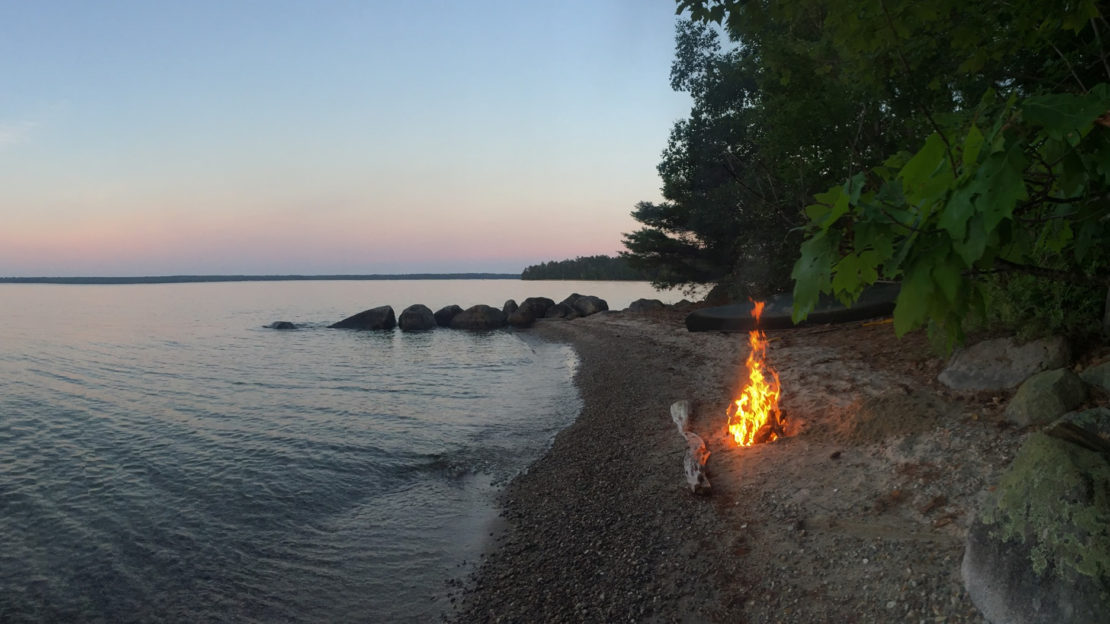
Joe
Joined Aug 2020
Wilderness Survival Instructor; Outdoorsman and Bushcrafter; Amateur Extra Radio Operator (W1WCN) and ECOM Trainer; Founder of Valiant Outfitters, LLC; INTJ; Husband of one devastatingly gorgeous wife, dad of three amazing kids and two outstanding kids-in-law, and Papa E of 4 over-achieving g'kids.
Discussions
Reply to: How I became a newbie ham radio operator (during a pandemic)
Posted May 18, 2021
Reply to: Beginner’s guide to amateur (ham) radio for preppers
Posted December 21, 2020
Reply to: Ham radio recommendations?
Posted November 6, 2020
Reply to: Ham radio recommendations?
Posted October 22, 2020
Reply to: Ham radio recommendations?
Posted October 16, 2020
Reply to: Ham radio recommendations?
Posted October 8, 2020
Reply to: Ham radio recommendations?
Posted October 5, 2020
Reply to: Ham radio recommendations?
Posted October 5, 2020
Reply to: Ham radio recommendations?
Posted October 1, 2020
Reply to: Ham radio recommendations?
Posted September 24, 2020
Reply to: Ham radio recommendations?
Posted September 17, 2020
Reply to: Ham radio recommendations?
Posted September 16, 2020
Reply to: Ham radio recommendations?
Posted September 16, 2020
Reply to: Beginner’s guide to amateur (ham) radio for preppers
Posted September 15, 2020
Reply to: Beginner’s guide to amateur (ham) radio for preppers
Posted September 15, 2020
Load more...
No activity yet.
Reply to: How I became a newbie ham radio operator (during a pandemic)
Posted May 18, 2021
Reply to: Beginner’s guide to amateur (ham) radio for preppers
Posted December 21, 2020
Reply to: Ham radio recommendations?
Posted November 6, 2020
Reply to: Ham radio recommendations?
Posted October 22, 2020
Reply to: Ham radio recommendations?
Posted October 16, 2020
Reply to: Ham radio recommendations?
Posted October 8, 2020
Reply to: Ham radio recommendations?
Posted October 5, 2020
Reply to: Ham radio recommendations?
Posted October 5, 2020
Reply to: Ham radio recommendations?
Posted October 1, 2020
Reply to: Ham radio recommendations?
Posted September 24, 2020
Reply to: Ham radio recommendations?
Posted September 17, 2020
Reply to: Ham radio recommendations?
Posted September 16, 2020
Reply to: Ham radio recommendations?
Posted September 16, 2020
Reply to: Beginner’s guide to amateur (ham) radio for preppers
Posted September 15, 2020
Reply to: Beginner’s guide to amateur (ham) radio for preppers
Posted September 15, 2020
Load more...